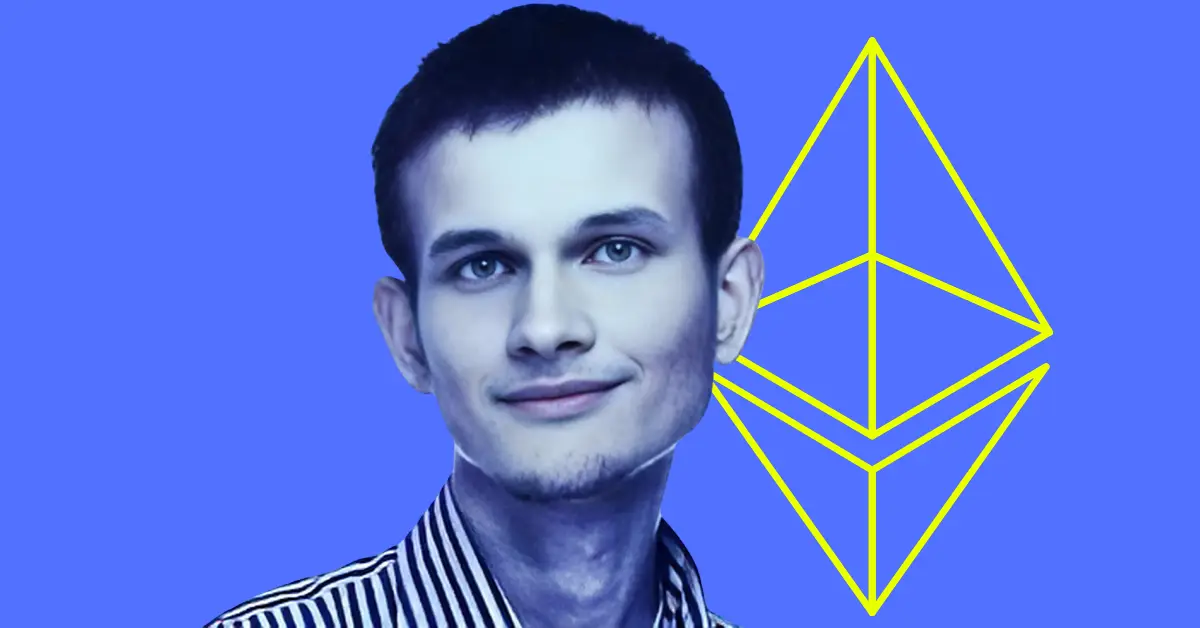
Ethereum, one of the biggest forces in blockchain technology, is once again under the spotlight.
With growing concerns about its scalability issues, especially as more users turn to Layer-2 platforms like Arbitrum and Optimism, doubts are rising about whether Ethereum can handle the future demand.
Now, co-founder Vitalik Buterin
“I don’t think Ethereum will survive more than ten or fifteen years. The Layer-2s will drain all the value, and users will migrate elsewhere, eventually getting eclipsed by Bitcoin,” said Charles Hoskinson.
Vitalik Buterin, however, had no intention of letting that prediction go unchallenged.
Is Ethereum really at risk of falling behind? Or is it about to launch its most powerful upgrade yet? Let’s dive into what’s unfolding.
In a bold move, Buterin introduced a major new upgrade plan: a Layer-Zero proposal that aims to rebuild Ethereum’s core foundation.
The proposal suggests transitioning from the current Ethereum Virtual Machine (EVM) to a far more efficient zkVM system, based on RISC-V standards.
The improvements this upgrade could bring are nothing short of dramatic:
If successful, these changes could significantly boost Ethereum’s efficiency, cut transaction fees, and strengthen its competitiveness in an increasingly crowded blockchain market.
What makes this upgrade particularly important is that it could lessen Ethereum’s dependence on external Layer-2 solutions.
This strikes directly at the heart of Hoskinson’s criticism, offering a new path that keeps value within Ethereum’s own network.
By upgrading the base layer, Buterin’s plan could make Ethereum faster, cheaper to use, and more attractive for both developers and users, helping the network maintain its dominance even as blockchain technology keeps advancing.
Although still in the proposal phase, this upgrade is already making waves. If brought to life, it could dramatically reshape Ethereum’s future and prove that it is more resilient than its critics claim.
Vitalik Buterin’s quick and forward-thinking response shows that Ethereum is ready to evolve, not retreat.
Rather than being overshadowed by new platforms, Ethereum is preparing to reinvent itself and strengthen its leadership for the long term.
For Ethereum’s global community of users, developers, and investors, the next few years could be some of the most important in the platform’s history.
The Layer-Zero upgrade is a proposal to transition Ethereum’s base layer to a zkVM system, improving scalability and reducing transaction costs by enhancing the Ethereum Virtual Machine’s efficiency.
Hoskinson argues that Ethereum’s reliance on Layer-2 solutions will drain its value, causing users to migrate to other platforms, ultimately resulting in Ethereum being eclipsed by Bitcoin.
Layer-2 solutions operate off Ethereum’s base layer to enhance scalability, while Layer-Zero aims to improve Ethereum’s base layer itself, offering greater efficiency and reducing dependence on external solutions.
The Bitcoin (BTC) bullish delay, amid ongoing Ethereum (ETH) pump, has increased the odds of…
The recent success of utility tokens like Solana has demonstrated the sheer potential of blockchain…
The Pi Network community is buzzing with excitement after rumors surfaced on X that Pi…
Remittix is emerging as a major force in the crypto space, gaining traction as a…
South Korea is taking big steps to catch up with the changing crypto world. After…
Meme coins have emerged from internet jokes into legitimate financial opportunities. Shiba Inu (SHIB) has…